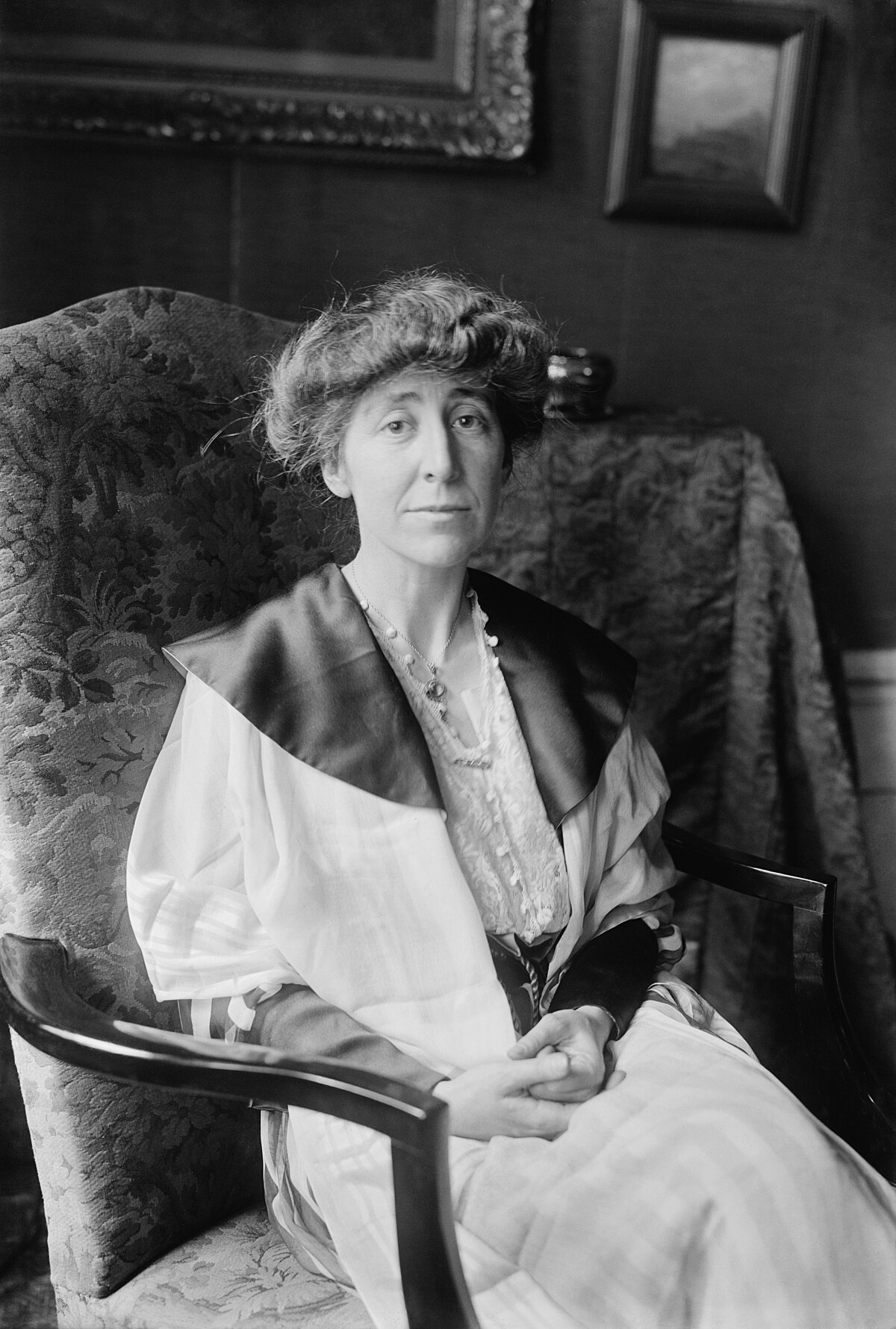
The Shape of Space: NASA Designs for Orbital Space Settlements
Buckminster Fuller had an unusual way of talking about stairs. Instead of downstairs and upstairs, he encouraged people to say instairs and outstairs. “They all laugh about it,” he wrote, “But if they try saying in and out for a few days in fun, they find themselves beginning to realize that they are indeed going inward and outward in respect to the center of Earth, which is our Spaceship Earth. And for the first time they begin to feel real reality.” 3 Writing in 1970, at the dawn of extra-planetary space travel, Fuller identified a break in humans’ spatial perception. Standing on Earth, we see the ground plane as flat, but we know the planet is a sphere. To describe motion and existence in a vast universe, where planetary surfaces are the exception, we would need a new language.
For centuries, the space away from the Earth’s surface — “outer” space — has confounded attempts to make sense of it with terrestrial geometric schemes. Human occupation of and movement through space on our home planet has been dominated by the horizon and the apparent flatness of the ground plane. Meanwhile, the open sky has been conceived alternately as an unattainable place of infinite freedom or as a hard dome that limits the world, like a cake lid over a Flat Earth. For Nikolai Fyodorov and the Cosmists, in pre-revolutionary Russia, horizontality was the ultimate barrier. They believed humankind had to become vertical — had to resurrect the dead who lay flat in their graves, even — in order to escape the Earth’s surface and achieve immortality. 4
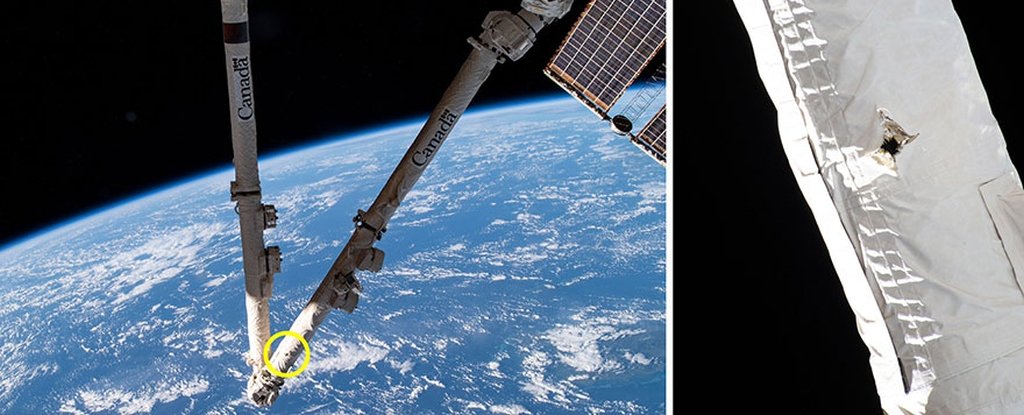



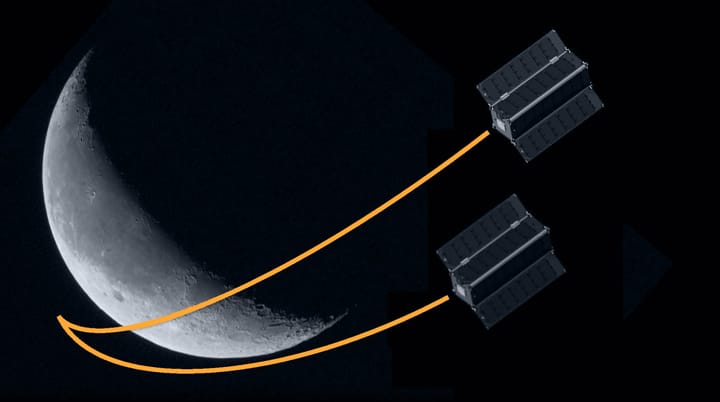


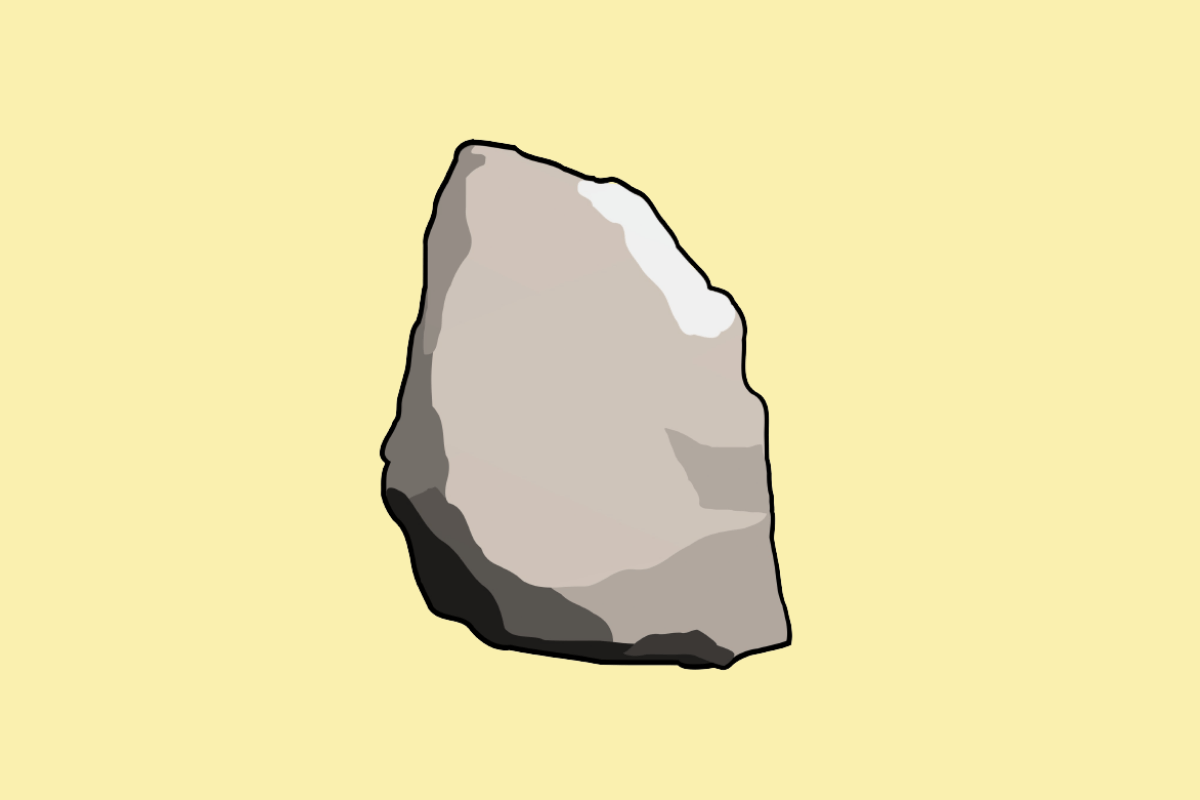








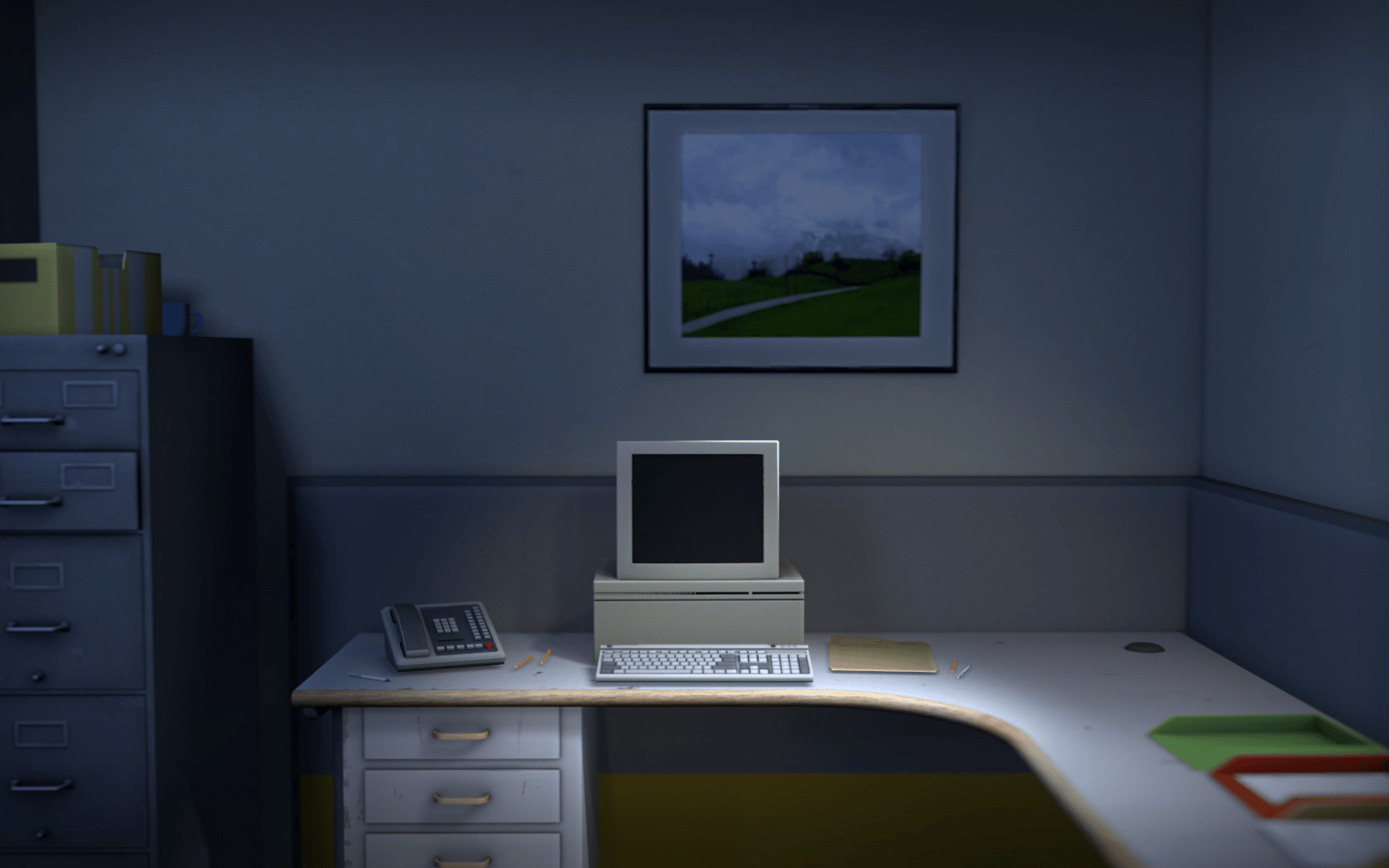


/cdn.vox-cdn.com/uploads/chorus_asset/file/25408886/post_logo.png)


